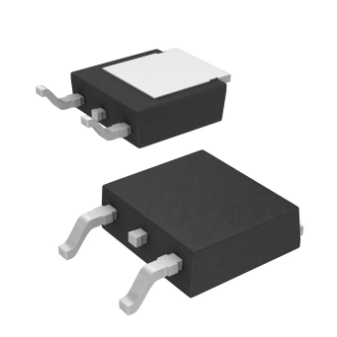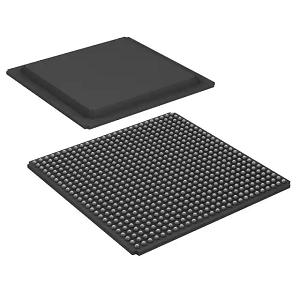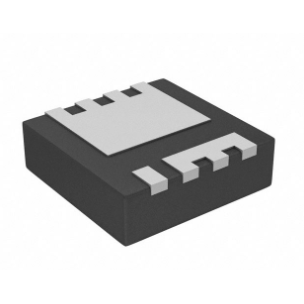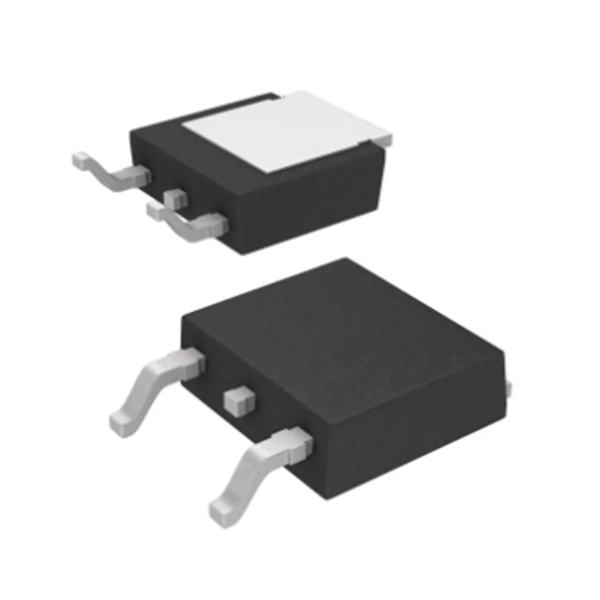TLV70025DDCR – Integrated Circuits, Power Management, Voltage Regulators – Linear
Product Attributes
| TYPE | DESCRIPTION |
| Category | Integrated Circuits (ICs) |
| Mfr | Texas Instruments |
| Series | - |
| Package | Tape & Reel (TR)
Cut Tape (CT) Digi-Reel® |
| Product Status | Active |
| Output Configuration | Positive |
| Output Type | Fixed |
| Number of Regulators | 1 |
| Voltage - Input (Max) | 5.5V |
| Voltage - Output (Min/Fixed) | 2.5V |
| Voltage - Output (Max) | - |
| Voltage Dropout (Max) | 0.25V @ 200mA |
| Current - Output | 200mA |
| Current - Quiescent (Iq) | 55 µA |
| Current - Supply (Max) | 270 µA |
| PSRR | 68dB (1kHz) |
| Control Features | Enable |
| Protection Features | Over Current, Over Temperature, Reverse Polarity, Under Voltage Lockout (UVLO) |
| Operating Temperature | -40°C ~ 125°C (TJ) |
| Mounting Type | Surface Mount |
| Package / Case | SOT-23-5 Thin, TSOT-23-5 |
| Supplier Device Package | SOT-23-THIN |
| Base Product Number | TLV70025 |
Documents & Media
| RESOURCE TYPE | LINK |
| Datasheets | TLV700xx Datasheet |
| Video File | What is a Voltage Regulator Another Teaching Moment | Digi-Key Electronics |
| Featured Product | Power Management |
| PCN Assembly/Origin | Mult Dev A/T Chgs 30/Mar/2023 |
| HTML Datasheet | TLV700xx Datasheet |
| EDA Models | TLV70025DDCR by SnapEDA |
Environmental & Export Classifications
| ATTRIBUTE | DESCRIPTION |
| RoHS Status | ROHS3 Compliant |
| Moisture Sensitivity Level (MSL) | 2 (1 Year) |
| REACH Status | REACH Unaffected |
| ECCN | EAR99 |
| HTSUS | 8542.39.0001 |
Voltage regulators play a vital role in electronics. They are important components in regulating and stabilizing voltage levels within circuits, ensuring that connected devices receive continuous and reliable power. Among the various types of voltage regulators available, linear regulators are widely used due to their simplicity, effectiveness, and cost-effectiveness. In this article, we'll introduce linear regulators, explain how they work, outline their benefits, and explore their common applications.
A linear regulator is an electronic device that regulates and controls the output voltage at a specific level regardless of changes in the input voltage or load current. It works by dissipating excess voltage as heat, making it a simple and reliable solution for stabilizing a power supply. Unlike similar products such as switching regulators, which employ complex switching circuits, linear regulators achieve regulation by using passive components such as resistors and capacitors, along with simple linear transfer elements, usually transistors.
The main advantage of linear regulators stems from their inherent simplicity. Because they do not rely on complex voltage regulation circuits, they are relatively easy, cost-effective, and have low noise levels to design. In addition to this, linear regulators also have good regulation characteristics that ensure a stable output voltage even under varying load conditions. This feature makes them ideal for applications where accuracy and stability are critical, such as analog circuits and sensitive electronics.
Linear regulators are widely used in different industries. They are commonly used in electronic equipment such as consumer electronics, telecommunications equipment, and industrial automation systems. These regulators are also used in voltage conversion circuits, battery charging systems and various automotive applications. Linear regulators are preferred in audio amplifiers and analog signal processing circuits due to their low noise and high accuracy. Additionally, they play key roles in sensitive laboratory experiments and medical equipment, where a stable power supply is critical.
Although a linear regulator has many advantages, it also has some limitations that need to be considered. One of its main disadvantages is its relatively low efficiency compared to switching regulators. Because linear regulators dissipate excess voltage as heat, linear regulators can become hot and require additional heat sinks or cooling mechanisms. Also, linear regulators are not suitable for high power applications as they may not be able to handle high currents. Therefore, switching regulators are the first choice for power-hungry applications where energy efficiency is a priority.
In summary, linear voltage regulators provide a simple and effective solution for stabilizing power in a wide variety of electronic devices and circuits. Their simple design, low noise, and good regulation characteristics make them popular in applications requiring precision and stability. However, their lower efficiency and limited current handling capability make them less suitable for high power applications. Nonetheless, linear regulators still play an important role in electronics, ensuring stable power distribution to various devices and systems.







.png)




